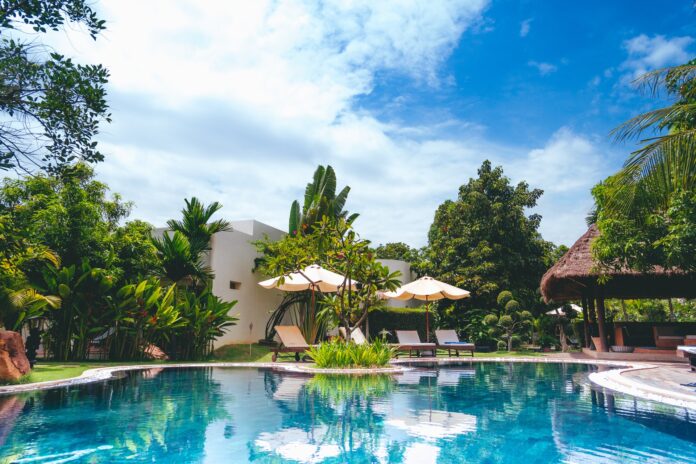
A swimming pool provides a source of entertainment and fun for children, however, they do come with inherent risks. When the weather is warm, we use our pools more than normally, so there is no better time to ensure that your pool is safe and ready to use come summertime. Here are our pool safety tips to help you get started.
Tip 1: Put pool safety rules in place
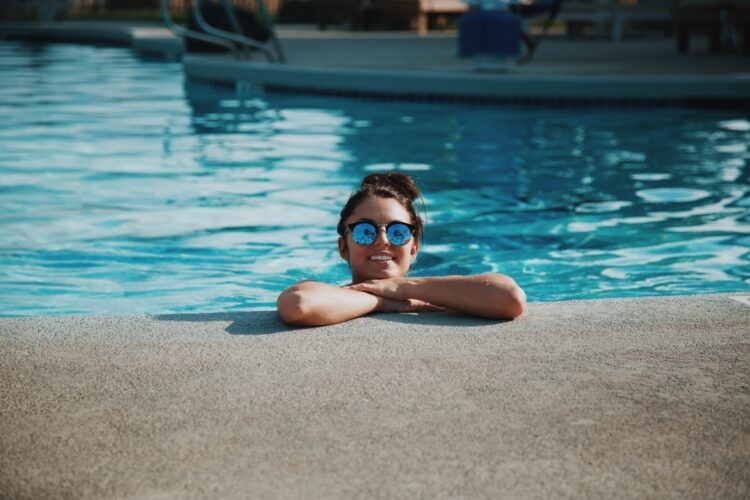
Ensuring that children are safe around water is everyone’s responsibility. As a parent, it should always be your priority to watch your children when in the water, no matter how confident they are. You can make swimming safer for kids by putting some pool rules in place. Explain the rules clearly and reiterate accordingly. Here are some basic pool rules that should be followed:
- No diving in the pool
- No running
- No pushing anyone under the water
- No rough play
- Young children can only go in the pool with an adult
Tip 2: Ensure you have a compliant pool fence
In all parts of Australia, it is mandatory that any body of water more than 30cm has a compliant pool fence in place. A pool fence can drastically reduce the risk of drowning and it is the most effective solution to prevent accidents. Your pool fencing must pass strict Australia rules and regulations to obtain a certificate of compliance. It should be maintained regularly and any signs of wear and tear or damage should be seen immediately.
Some of the pool fencing rules as mentioned by the Queensland Building and Construction Commission:
- The pool fence must be in good condition with no holes or damage
- Any climbable horizontal bars need to be at least 90cm apart
- It must be 1.2 metres from the ground and if it is a boundary fence it needs to be 1.8 metres high
- There must not be any holes bigger than 13mm in the fence
- Vertical bars or support struts must not have a gap of more than 100mm between them
- There is not to be a gap greater than 10cm from the ground to the start of the pool fence
Tip 3: Your pool area should be free of climbable items
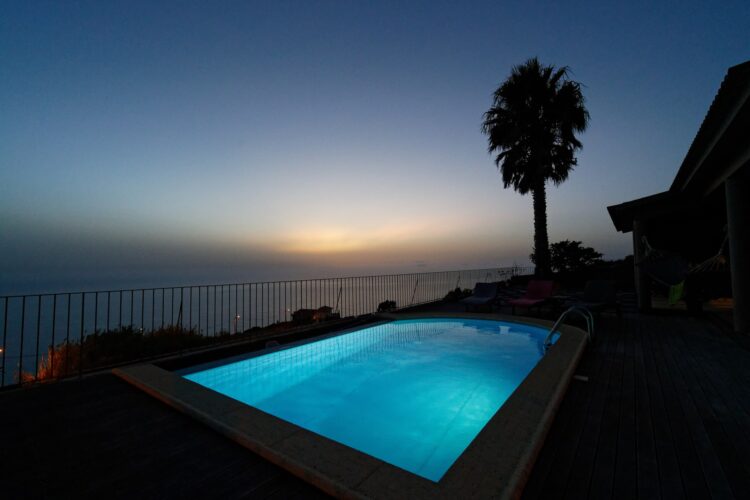
The area around your pool is called the non-climbable zone. Its 900mm from the outside of the pool area and 300mm on the inside of the pool area. Nothing should be placed in this location that can be used to climb on by children. This includes things such as pot plants, large rocks, and trees.
Tip 4: Water quality
The quality of your pool water isn’t probably one of the first things that come to mind when you think of pool safety however, it is important to maintain the correct chemical levels of your water to ensure that bacteria and algae don’t grow and manifest. Swimming in a dirty pool can cause illnesses such as diarrhoea, swimmers ear, and staph infections in the nose, eyes, and ears. On the other hand, overdosing your pool with chemicals can cause skin reactions and irritations. Maintaining your pools water levels can be done by purchasing a water testing kit, checking the levels regularly and adjusting them accordingly. If this isn’t your cup of tea, you can get a professional to take care of it for you.
Tip 5: Learn CPR
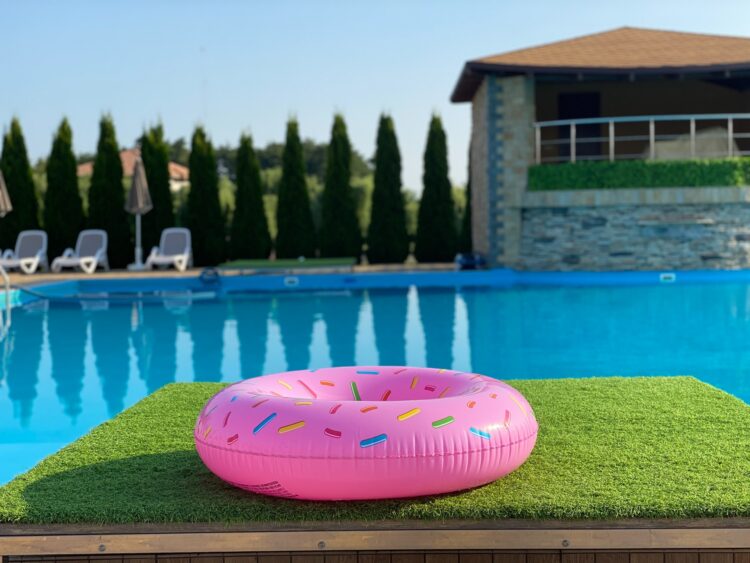
Learning how to do CPR is a valuable skill that could be used to save a life. CPR certificates are easily attainable and can be done inexpensively. Pool owners should update their CPR skills as required, hopefully, it’s something that you will never have to use but it is comforting knowing that you can assist if an emergency situation was to occur.
In addition to knowing how to perform CPR, pool owners should also think about getting an ACLS certificate as it would give them additional skills needed to save a life in case of emergency. That shouldn’t be a big problem because there are places such as AdvancedMedicalCertification where you can get your ACLS certificate by taking an online course.
Tip 6: Ensure you have CPR signage
In addition to learning CPR, up to date, CPR signage should be positioned in a spot near the pool. They contain relevant information on the DRSABCD steps and how to do it properly.
Tip 7: Teach your kids to swim
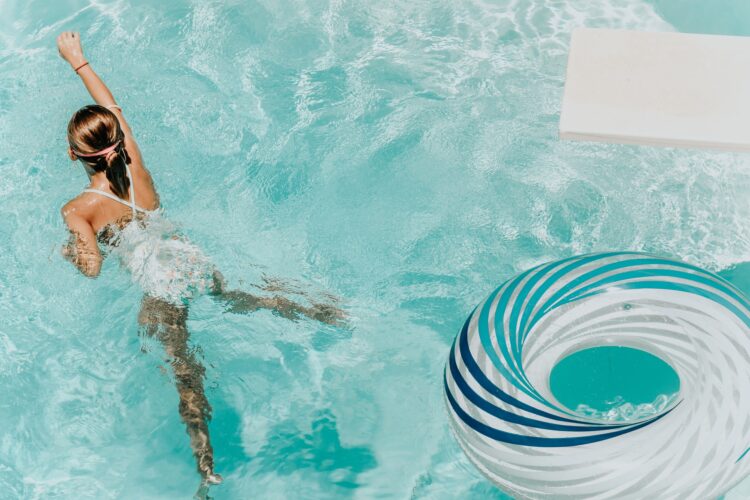
Here in Australia, we are surrounded by water, swimming is embedded in our culture and it is an essential life skill that all children should learn. Teaching children how to swim reduces their risk of drowning drastically and will educate them on water safety. Make sure that the swimming teacher you choose is fully qualified and has a nationally recognised certificate of attainment.
Tip 8: Provide floatation devices
Even if your children have had swimming lessons, floatation devices can be used as an extra precaution. Life vests and arm floaties are popular choices and can be worn by children of all ages and swimming levels.
Tip 9: Look out for hazards
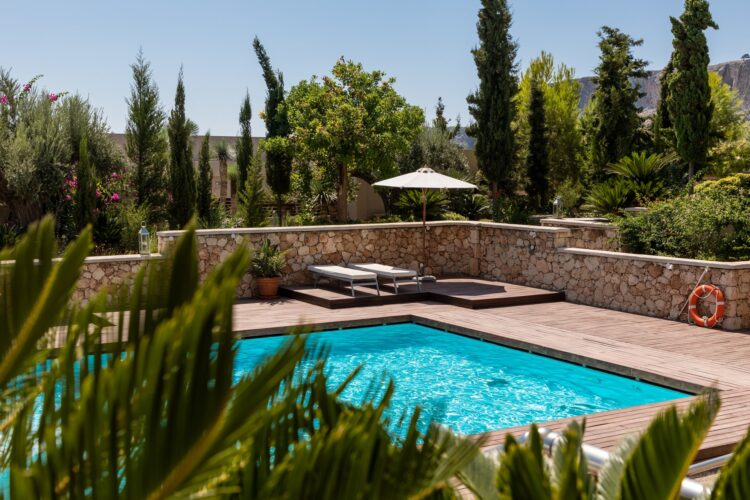
You should always check to ensure that furniture, toys, and other objects haven’t been left near the pool area. Check for slip hazards and ensure that your pool chemicals are stored safely and out of reach of children.
Tip 10: Always supervise children
It is crucial that children are always watched when near or in the water to decrease the risk of drowning. Adults should be at an arm’s length for children that are not confident swimmers and in the pool area for older kids that are confident in the water. It may seem like a simple thing to do, but if you are having a get together with family and friends and there’s a lot of people around, it’s easy to assume that others are watching the kids when actually no one is. It is an idea to allocate a pool supervisor and take turns with the other adults to ensure that someone is always actively watching the kids.
Pools safety goes hand in hand with pool ownership
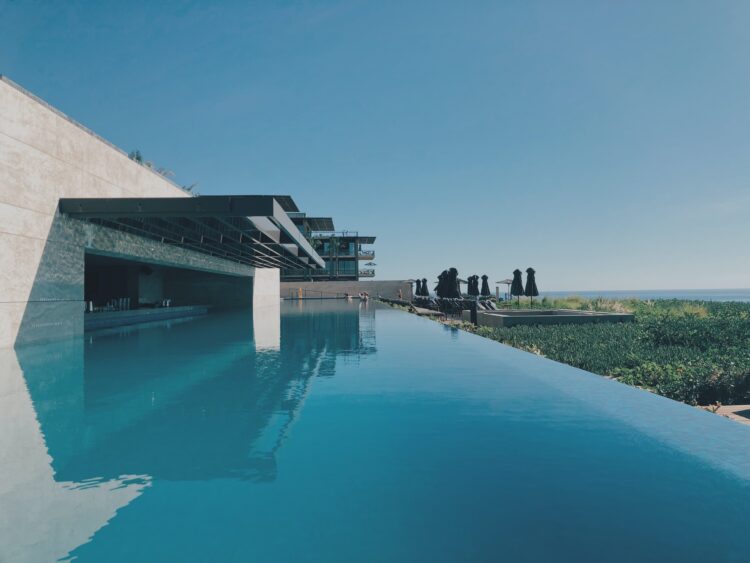
Many of us have fond memories of swimming and having fun with friends and as adults, we know how dangerous water can be. As a pool owner, it is essential to put safety measures in place to ensure that your pool is as safe as humanly possible.
Drowning is still a prevalent issue here in our country. Over a 12-month period from 2018 to 2019 data collected by Royal Lifesaving Australia found that 276 people lost their lives to drowning and with an estimated additional 584 people experiencing a drowning incident that was non-fatal. Children under the age of 5 are most at risk of drowning and attributed to 19 deaths which is a 12% increase on the year prior.
Additionally, 2019 was the hottest summer on record which led to an increase of 17% in fatal drownings compared to the average rate of drownings of the past 10 years.
Children are active and excited to explore the world around them and are naturally drawn to water. It sparkles and splashes, but many do not understand the magnitude of its danger. It’s our job to educate them and ensure that their swimming environment is as safe as possible. We hope the tips mentioned throughout this article have given you some ideas on how to safety proof your swimming pool for this summer.
Companies such as FibreglasPoolsMelbourne produce fibreglass pools that are built to the highest national standard and meet all safety and legal requirements. If you have any questions regarding safety for your pool, get in touch with such team today.











